Recumbent bikes are a great way to get some low-impact exercise. This is possible because of the unique design of a recumbent bicycle. These bikes place the rider in a reclined seating position instead of an upright seating position. They are also known as a laid-back cycle.
These bikes are often favored because they reduce the amount of stress that a rider’s own weight places on the points of contact with a bike. You see, on a traditional bike, a rider’s weight comes down onto three contact areas: the sit bones, the hands, and the feet. Most of the weight comes down over the sit bones where they make contact with the saddle.
What a recumbent bicycle does is recline the rider into a seat (not a saddle). This effectively spreads out the rider’s weight over a larger surface area. This is the main benefit of a recumbent bike.
6 Benefits Of Recumbent Bike
1. Reduced Body Stress
The reason why sit bicycles were designed in the first place was to be completely ergonomic.
As we get older, our bodies can’t take the same amount of stress day in and day out doing the activities we love. This is true when it comes to cycling too. Cycling is no different. It places stress on the body because the rider’s weight comes down on the sit bones, hands, and feet.
According to this study, physical activity and psychological stress are directly related to each other. The more stress there is, the poorer you will perform in your physical activities. With that being said, recumbent bikes allow riders a comfortable position which relaxes the stress level.
A recumbent seating position in the laid-back cycle stresses different muscle groups. This position relieves the stress on the bones, tendons, joints, and ligaments. When I started riding a recumbent bike, I felt there was more stress on my core muscles. However, once my body adjusted to the different styles of riding, I felt more relaxed as compared to riding my upright bike.
This is because, with recumbent bicycling, I was using my hamstrings more as opposed to my frontal quad muscles and butt muscles.
2. Targets Different Body Muscles
Since the rider’s weight does not come down on any soft reproductive tissue they won’t have to worry about any loss of blood flow or nerve numbness. Depending on the style of handlebars the rider could be using different muscles there as well even from the upper body. Most of the short-wheelbase models use steering levers down at the rider’s sides. In my experience, this is really comfortable.
I didn’t feel tired on long rides because none of my weight was coming down on my hands. Long wheelbase models use handlebars just the same. But because of the reclined position, they kind of stretch back over your core as you ride and you pull against them. This is different than having your weight come down on top of them.
Take a look at this study conducted by the National Library Of Medicine. It shows a comparison of trunk and lower extremity muscle activity among four stationary equipment: Upright Bike, Recumbent Bike, Treadmill, and Elliptigo.
3. They Help Get In Good Cardio Workout
With the rider in a reclined position lower back and pelvis issues are often remedied because there is less strain on them. The reclined position in the sit bicycle makes for the perfect exercise equipment. Recumbent exercise bikes help in getting a good cardio workout without pressurizing the joints like a traditional upright exercise bike.
This study conducted by the National Library of Medicine shows that the health benefits of cycling outweigh the risks involved. No matter what kind of bicycle you are riding, you are always going to have an explosive cardio session.
With the upright riding position, the riders lean forward to make contact with the handlebars. This stretching can lengthen the distance between the vertebra, and put stress on bones and muscles. There is more to it! These muscles weren’t meant to bear any load in the first place so it can create problems with the nerves.
One rider complained of hot shooting pains coming down from the small of his back, through his left leg, and down to his foot. He said the pain immediately went away after switching to a recumbent bike.
Now here is the good news, recumbent bikes can help you ride without having to experience this kind of pain. All of this is possible with a laid-back cycle.
Looking for a great way to stay in shape at home? An exercise bike might be just what you need. Our article reviews some of the best exercise bikes on the market and helps you find the one for your fitness goals.
4. You Will Not Have To Compromise On Speed
In general, the recumbent position creates fewer vertical surfaces that air pushes against as you are riding. Imagine a traditional bicycle, the rider is completely vertical, creating a wall in between where the air is and where it is trying to get to. When reclined, the air and wind just glide over the top of the rider making riding even in the most dastardly headwinds not that bad.
Recumbent bikes are actually faster. Did you know that the speed record for a human-powered vehicle was set on a laid-back cycle? It was possible because they had a pretty awesome aerodynamic fairing. A fairing is a large aerodynamic shield of sorts.
This helps the rider be more aerodynamic. With less wind pushing against the rider it also helps to keep them warmer on some of those cold winter rides.
It’s never too late to start cycling! Our article provides tips on how to start cycling when you are old. Check it out now!
5. These Bicycles Are Inclusive!
Adult Trikes work great with people who have disabilities. I was fascinated to find in my research that there are more hand-crank recumbent models than hand-crank traditional bikes! If you have or know someone with a disability who cannot operate a traditional bike, a laid-back cycle can be something to explore!
I found this interesting study posted by Masaryk University which is in Czechia. The study shows that with the recumbent bike, students with disabilities are able to explore places that were inaccessible by a wheelchair.
Cycling should be enjoyed by everyone. It lifts the spirits so why should it be restricted?
Cycling is a great way to stay active and healthy. Read our guide to explore some of the many benefits of cycling and why you should consider taking it up!
6. Recumbent Bikes Are Somewhat More Safe!
I have had countless discussions with fellow experts on how recumbent bikes are more safe. Recumbents are safe, especially recumbent tricycles. You will not slide from taking a turn too fast or go over the handlebars from a spastic break hand. But this safety depends on the design. The drawback is that the rider is less visible and has less visibility. They will have to rely on mirrors while riding in traffic.
This particular study also shows an analysis of crash reports for Recumbent Bikes and Tricycles. It shows that people riding these two bike types are involved in fewer accidents.
That’s why I recommend riding recumbent bikes on some nice country roads. Because there you can see cars from a long distance. I don’t recommend them for riding in town.
Check out our guide to learn more about why recumbent bikes are the best choice for your cycling needs.
5 Drawbacks Of Recumbent Bikes
There is more to the story than only benefits when it comes to recumbent bikes. Like other bicycles, they also have their potential cons.
1. Their Parts Are More Prone To Failure
Recumbents (especially tricycles) have many more moving parts than regular bikes and this increases the potential for failure. With multiple chain tensioners, Teflon chain tubing, multiple headsets, and telescoping cranksets things can get pretty complicated pretty quickly.
2. There Is Much More Bumping
You will feel more bumps on your ride as compared to a traditional bicycle. Imagine riding on a track. You’ll be having one wheel in the grass! Not very pleasant is it?
3. You Will Have To Be Careful On The Turns
You have to be really slow on the turns and careful. Unless you enjoy tilting every now and then!
4. They Need More Parking Space
Unlike an upright bicycle, you can’t just park your recumbent anywhere, especially when you have a tri. They need more parking space.
5. They Are More Suited For Lesuire Riding
Recumbent bicycles are not the go-to option for competitive cycling. They are better for leisure riding where you just lay back down and enjoy the landscapes.
Recumbent Bike Designs: How Many Types Are There?
There are two to three standard designs for recumbent depending on who you talk to. They are broken down into short wheelbases, long wheelbases, and recumbent tricycles. Technically a tricycle is not a bicycle but they are close enough already that they are worth taking a look at as well. Especially if you are in the market for a recumbent of any type.
1. Short Wheelbase (SWB)
Short wheelbase recumbents put the wheels underneath the rider with the crankset out in front of the fore wheel. Often times to make the fit more comfortable, builders have worked a telescoping feature into the tube that the crankset is on.
The advantage of this style so far as I can see is that the two wheels will often be the same size. This will mean you only have to keep one extra tube with you when heading out on rides.
Looking for an easy and efficient way to get around town? Our article reviews some of the best adult electric tricycles on the market and helps you find the one that’s right for you.
2. Long Wheelbase (LWB)
Long wheelbase recumbents put the front wheel in front of the crankset. These differ from short wheelbase recumbents in that they often run a larger tire in the back and a smaller one in the front. This is not always the case but more often than not; the reason being that if you had a large 700c in front of you it would be blocking your field of vision as you ride.
Are you trying to decide between a recumbent bike and a spin bike? Our guide breaks down the differences between a recumbent bike and a spin bike to help you choose. Check it out now!
3. Recumbent Tricycles
Finally, tricycles are the third style and the most notorious one too. These bikes almost always have the crankset out in front of the wheels with that same telescoping feature I mentioned before.
Designs do differ though. There are some in which a singular rear wheel is connected to the drive train and the rider sits over a chassis with both front wheels out to the sides used for steering. This creates the need for two bearing assemblies (kind of like headsets on a traditional bike) to allow for each wheel to turn.
The other type of tricycle design is where the drive train is connected to different gears and axles to which two rear wheels are connected and the rider steers with a singular wheel out in front of the crankset just like on a normal bicycle. These designs often place the rider into a more upright seating position but still have him in a seat as opposed to a saddle.
Our article reviews some of the best tricycles for adults on the market and helps you find the one that’s right for your needs.
Difference Between A Recumbent Bike And Traditional Bike
| Aspect | Recumbent Bike | Traditional Bike |
|---|---|---|
| Riding Position | Seated in a reclined position with back support. Legs extend in front. | Upright riding position with hands on handlebars and feet below the body. |
| Comfort | Generally more comfortable due to ergonomic design and back support. | May cause discomfort for some riders, especially on long rides. |
| Aerodynamics | Lower wind resistance due to a reclined position. | Higher wind resistance in an upright position. |
| Speed | Potentially higher speed on flat surfaces due to improved aerodynamics. | Speed may be affected by increased wind resistance. |
| Visibility | Lower visibility to other road users compared to an upright position. | Better visibility for the rider and others on the road. |
| Stability | A lower center of gravity provides good stability, especially at lower speeds. | Higher center of gravity, potentially less stable at low speeds. |
| Muscle Engagement | Different muscle groups are engaged, including more emphasis on glutes and hamstrings. | Emphasis on quads, hamstrings, and calves. |
| Learning Curve | May have a steeper learning curve for beginners due to different riding positions. | Generally easier for beginners to learn and ride. |
| Storage/Transport | Larger footprint and may be less convenient to store or transport. | Smaller footprint and more convenient for storage and transportation. |
| Cost | Can be more expensive due to specialized design and components. | Generally more affordable with a wide range of options. |
| Terrain | Suitable for flat terrain and moderate hills. Climbing steep hills can be challenging. | Versatile and can handle a variety of terrains, including steep hills. |
FAQs
Can you lose belly fat on recumbent bikes?
Yes, you can lose belly fat on a recumbent bike because it is a good way to get some cardio workout.
Is it ok to do recumbent bike daily?
Yes, if your body allows, it is okay to do a recumbent bike daily.
Is recumbent bike better than walking?
Both of these are cardio exercises. The answer depends on your personal preferences.
Does recumbent bike help tone thighs?
Yes, recumbent bikes help tone thighs. They target quadriceps, hamstrings, and calf muscles.
Does recumbent bike grow glutes?
Yes, recumbent bikes grow glutes. This is because recumbent biking specifically targets the lower body.
Recap
There are several benefits of riding Recumbent Bikes. Cyclists can get cardiovascular workouts without the risk of injuring their sensitive body areas. Apart from the workouts, they cater to riders with disabilities. They also improve the rider’s posture along with decreasing the risk of injuries.
But this brings us to the big question: When should you use recumbent bikes? Recumbent bikes are best when you are feeling any pain, have joint problems, are a senior rider looking for a more relaxed ride, or have some mobility issues.
So, Are you going to pick up recumbent bicycling as a hobby? Let me know in the comments below! Happy Cycling!
Also Read
- 10 Old People Who Will Inspire You To Never Stop Biking
- 30 Iconic Velomobile Designs From The Past 85 Years
- Top 10 Best Cyclists Ever – World Renown Legends
- Best Bikes For Exercise
Should you have any questions or require further clarification on the topic, please feel free to connect with our expert author Ryan Ross by leaving a comment below. We value your engagement and are here to assist you.


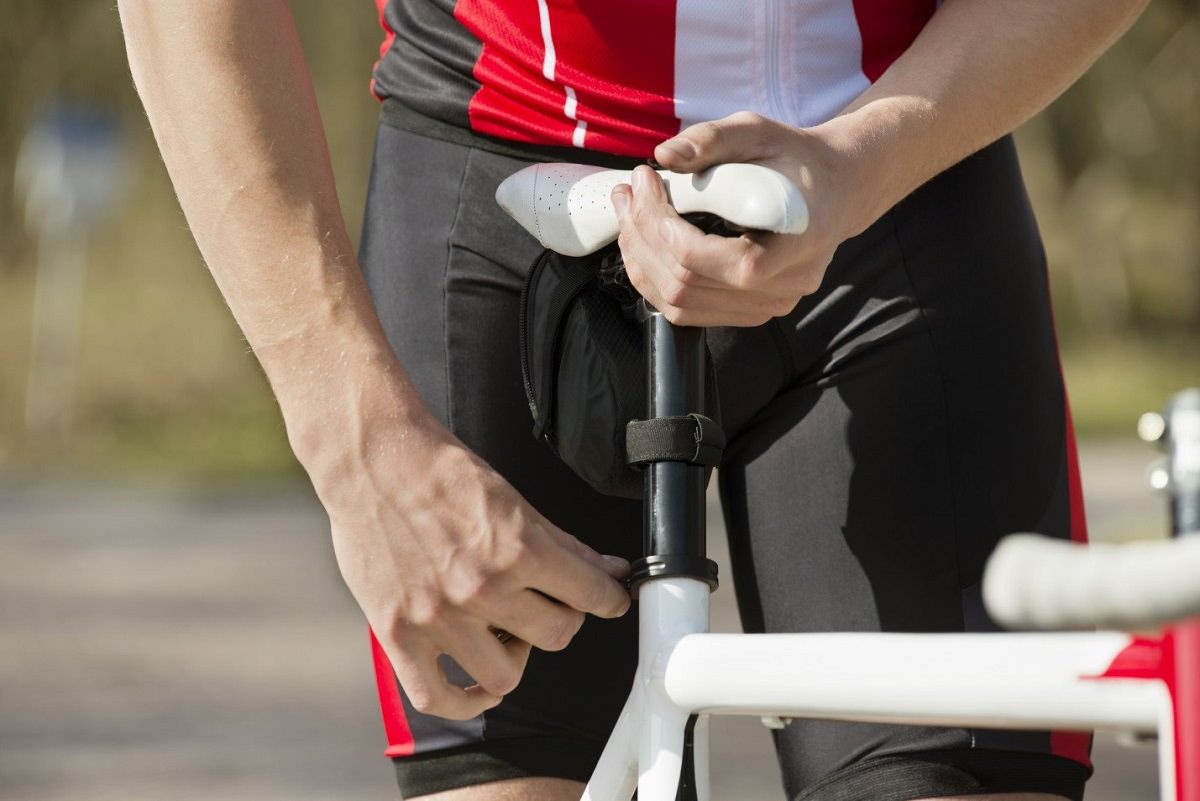

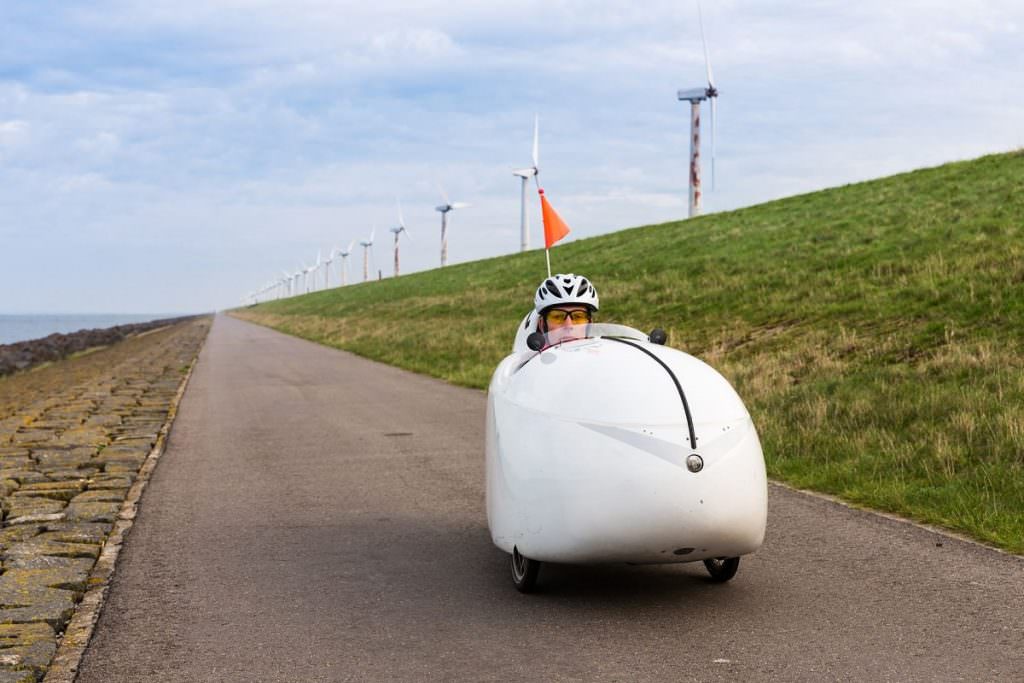
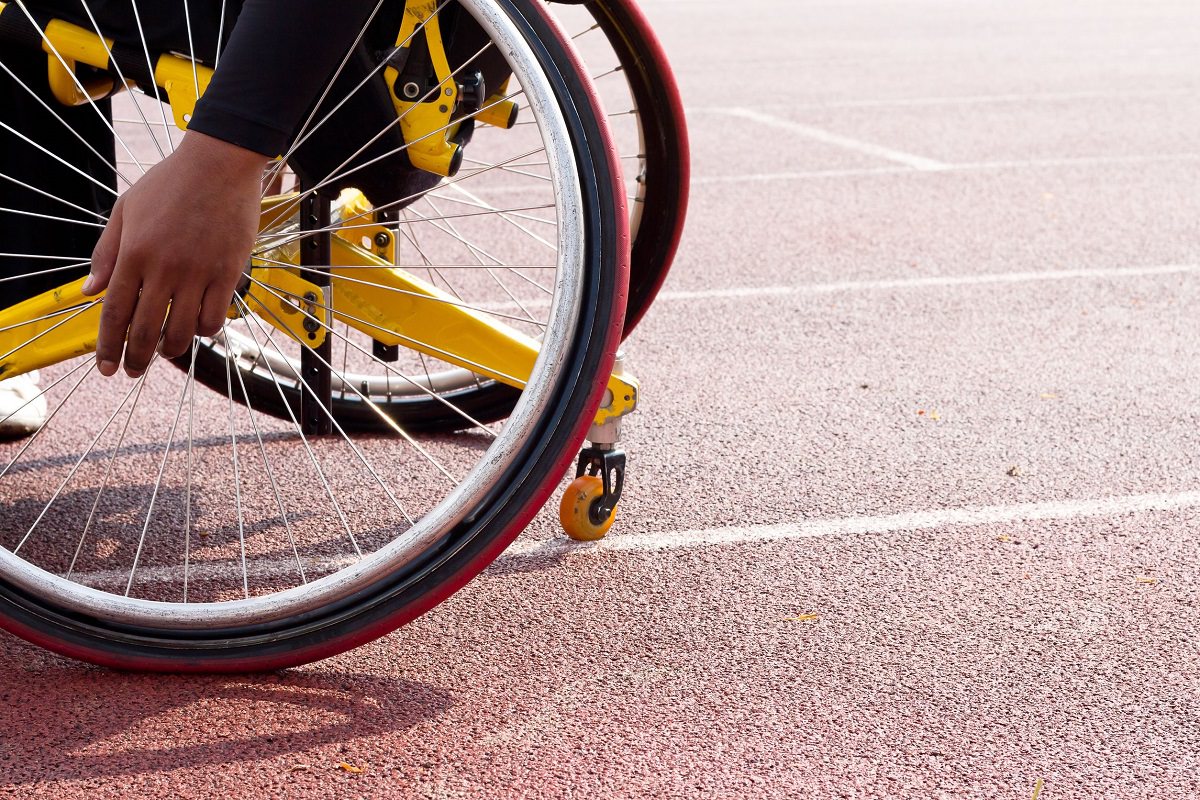

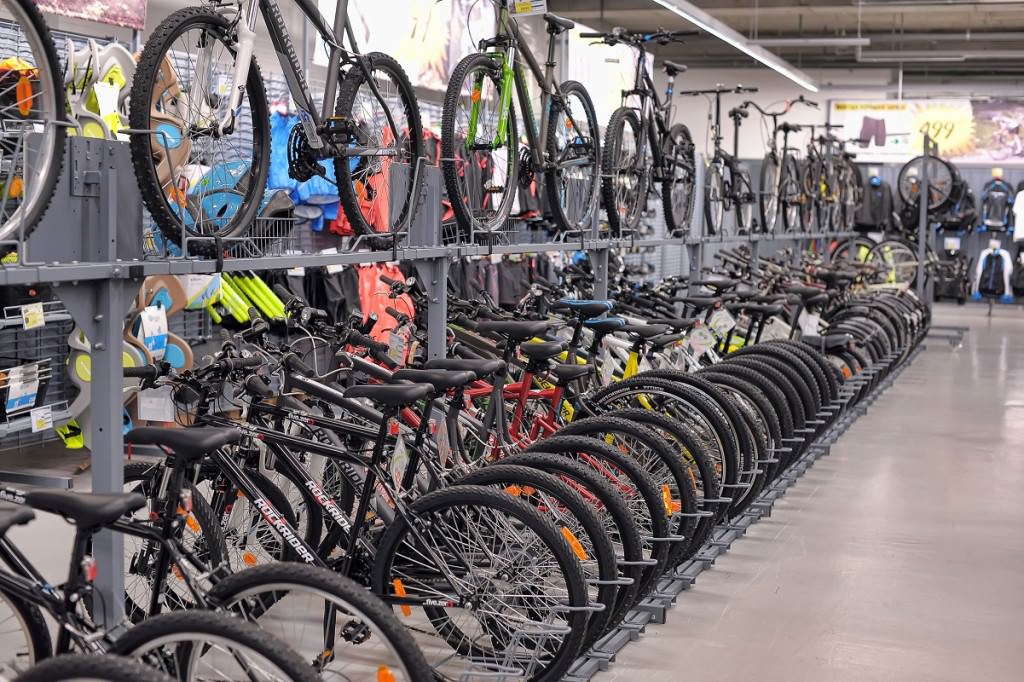
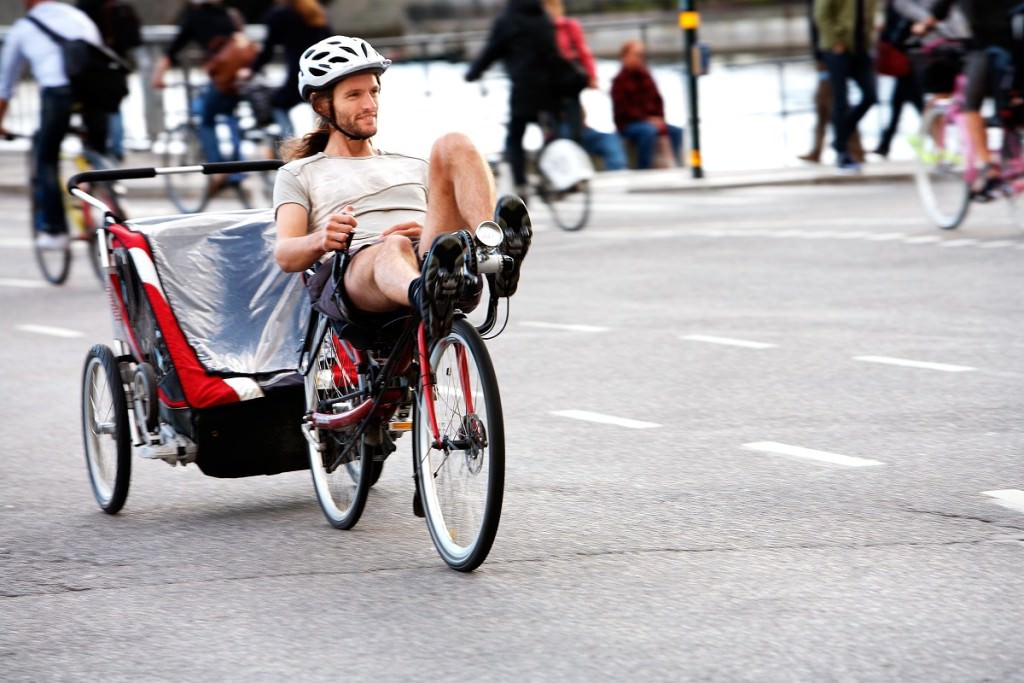
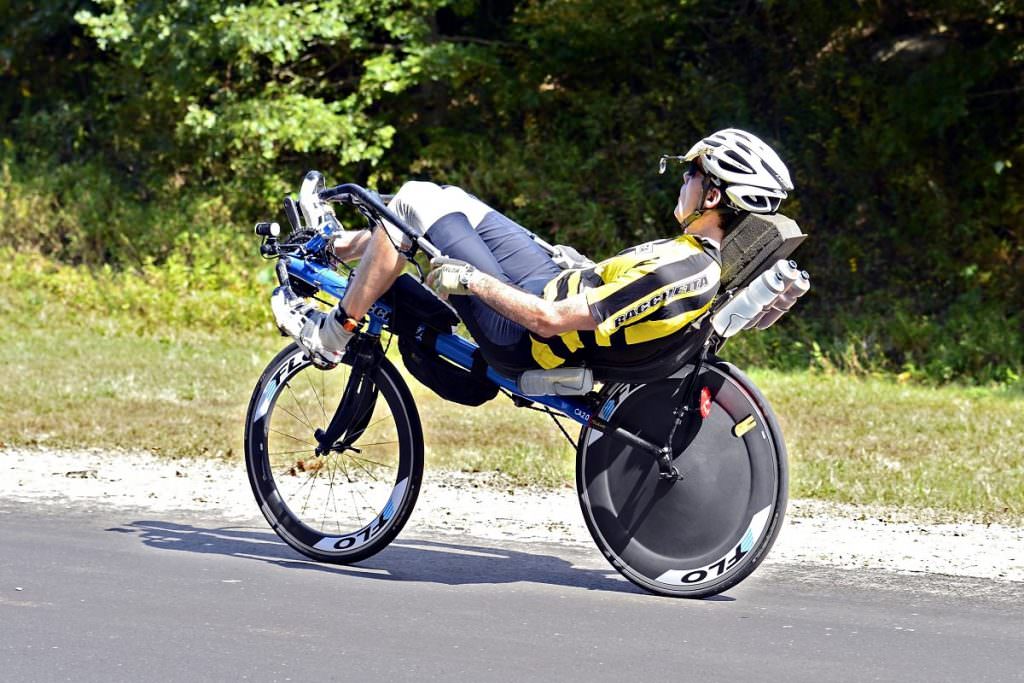
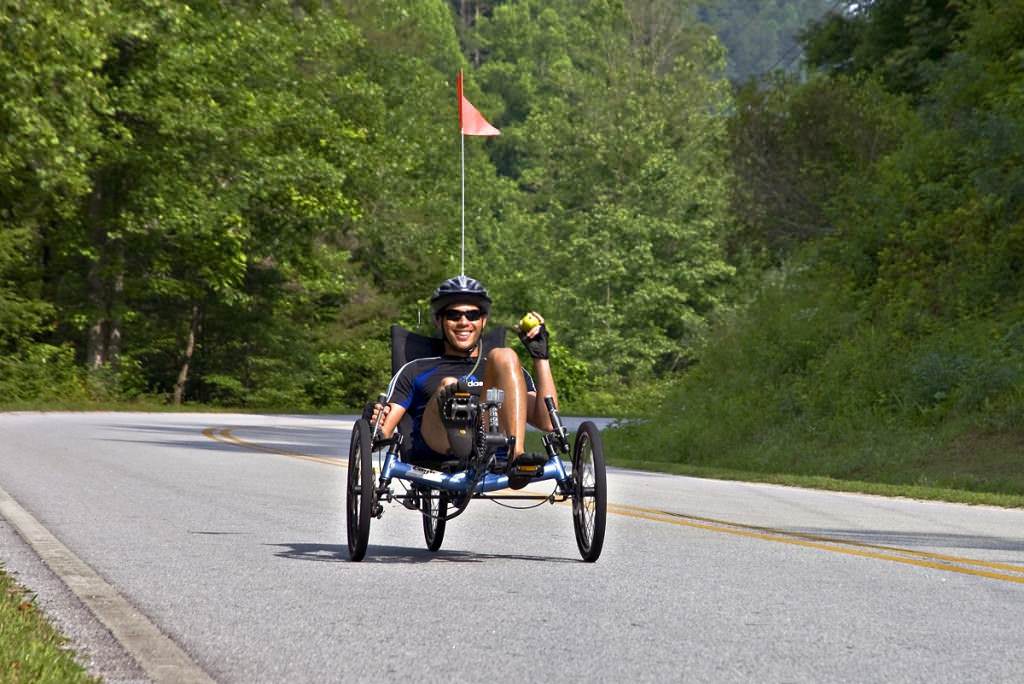
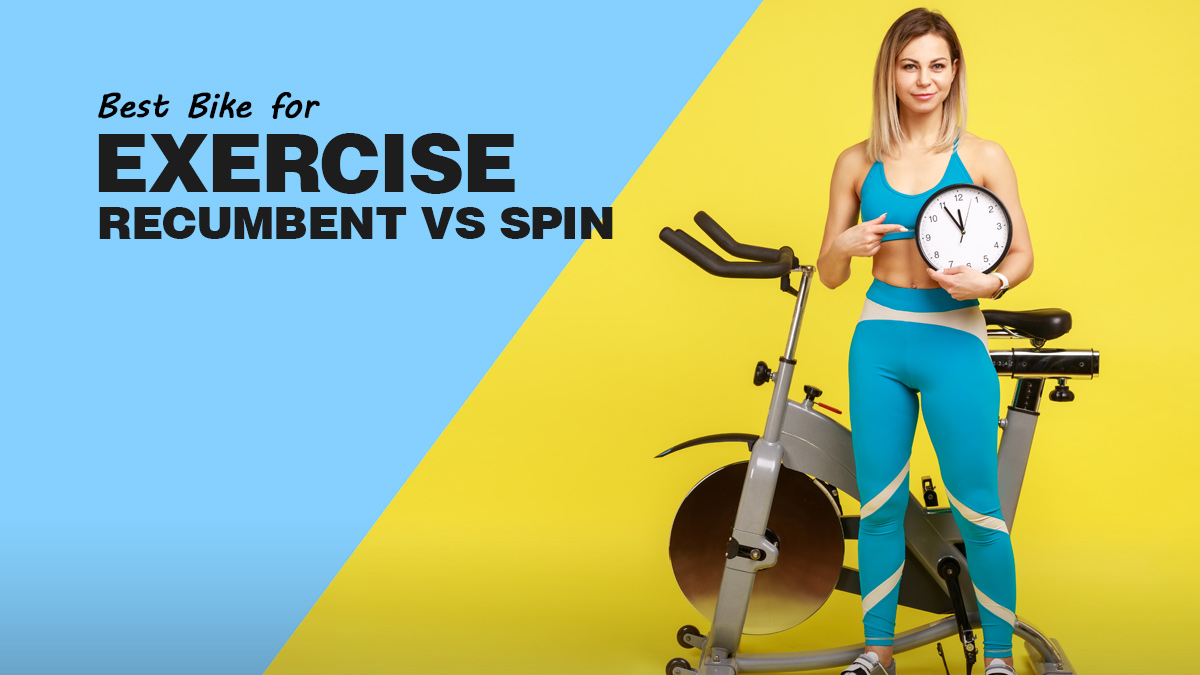
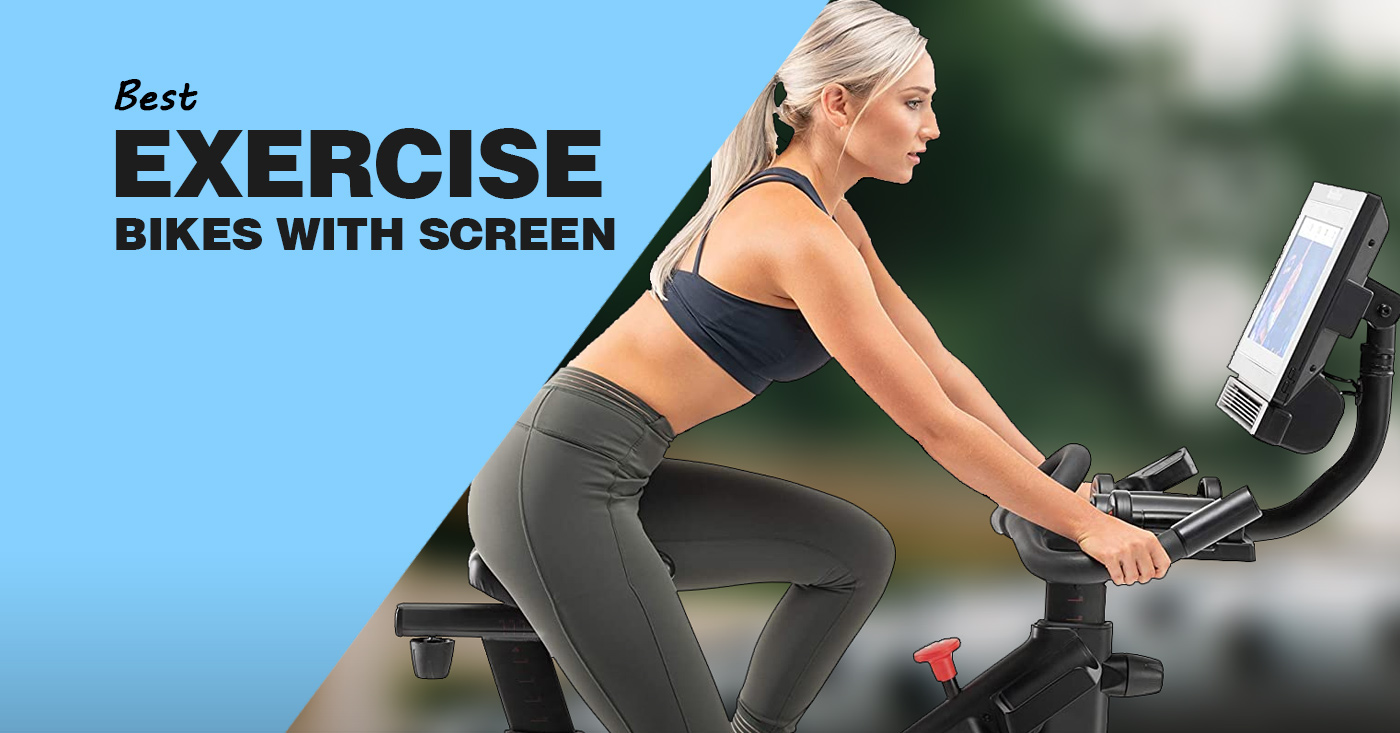
18 thoughts on “Top 6 Recumbent Bike Benefits and Drawbacks”
I had spinal surgery (c5 of neck removed + cage + cadaver bone placed for fusion). It has been 4 months and I am still under multiple restrictions ranging from no darts, no pool, no motorcycle or bicycle, no lifting over 10 lbs. Long story short, walking is only exercise for now. May take up to 1 year for the fusion to be complete. I was an avid runner and cyclist, hiker,kayaker etc… Very active. Even did randonneuring for a couple of years with a high mileage on my road bike of 6300 miles in 1 year.
Looking for cycling options and I have seen recumbents before but never thought of riding one. Might be perfect option for my new normal. Riding is still riding. I have gained almost 30 lbs due to inactivity and boredom. Appreciate the information. Perhaps there is hope for me to ride again
Thank you.
Thanks a lot for your comment – hope you will be able to find a good bike.
I feel for you. Titanium knees and spinal fusion fro L2 to S1. Like you, I am not allowed to exercise. Even if I could walk a bit my hips would stop me at about two hundred metres.
I’m buying my first recumbent trike tomorrow and I’m like a little kid waiting for his first bike.
All the very best to you. Best wishes, Chris.
Hoyt, my husband had his front forks snap on a ride causing his head to slam into the ground about 6 years ago. He broke his neck and upon trying to ride a diamond frame he would get an instant headache and shooting pain from the head position. He thought he was done riding for good too. After much contemplation he bought a trike, got back into full riding form after about a year and then switched to a high racer style recumbent (we buy ours from Cruzbike…husband is on a Vendetta and I’m on a Silvio). I started riding a recumbent two years ago now and love it. We are both working towards our Century ride times this year. The recumbent gave my husband back one of his favorite pastimes. I’m not saying that this will be the solution for you that it was for him but there is certainly hope. Don’t give up.
Good article overall, nice coverage of the plus and minus. Because of the style of bikes we purchase they actually utilize the same components as a diamond frame road bike. So no more or less opportunity for component failure. Visibility using mirrors is a must. You can sit up to scope out what’s behind you (if you’re on laid back road bike), but you’re not extending beyond the bike any farther than a diamond frame for that maneuver.
One minus not listed is the first time learning curve. On a trike not much of an issue. The recumbents though your feet move when you steer, so you feel foolish and awkward before really gaining full control. Once you’re used to it, it’s a nonissue.
Thanks a lot for your comment. Glad to hear your husband got riding again with a recumbent bike.
Hello, I’m collage student in industrial design and for this semester I’m designing a recumbent bicycle, so if you have the time i would like to make an interview with you because i need to build my design based on real users. I need to see if people with back or joints issues using this type.
it will be very helpful to do this on real stories
Thank you
Over all, a good article, and thanks for explaining recumbents to the non-initiated.
I would second Tonya’s comment about the fact that some recumbents (especially high-racers) have a bit of a learning curve to ride. We think that because we know how to ride a bike, we can ride anything with 2 wheels, and that isn’t true. The balance system on a recubent where the rider is laid back is completely different, and most beginners fail at the first ride. We don’t realize how much we lean our bodies to correct for balance on a diamond frame bike. And that leaning isn’t available when you are laying down.
The nice thing about recumbents is that the design is not fixed. Some are easier to ride (at the beginning), some are faster, etc. It is best to try before you buy. This means you may have to drive a distance to find a recumbent dealer which has a selection to try. I found one in Upstate New York which had over 70 bikes to try from.
Lastly, many modern recumbent bikes use standard bike parts (chains, derailers, cranks, etc) and therefore the maintenance costs should be no more than a diamond frame bike. And asking your local bike shop if they will work on your recumbent will go along ways to finding one that will keep your recumbent in smooth riding shape.
Hey Ryan,
Great Post! You select exact Benefits of recumbent bike. Your article is well written and informative. I learn a lot from your post. By the way, you can get same benefits from indoor recumbent bike.
Keep Up the good work!
What a great article on recumbents! Just pulled the trigger on a used Tour Easy Classic to test what I believe is a great looking recumbent bike. Figured there would be a learning curve due to the sitting position. It has a half fairing installed on it so hope that takes care of some headwind. I’ve built several diamond frame 10 speed bikes so hope that helps keep the Tour Easy in great shape. Ultimate goal is a century ride with my son. Not in competition but as a father son ride. We live in South Georgia and have lots of 2 lane county roads that offer low traffic. Perfect for most bike riding. Will learn the recumbent! Thanks for a great informative article.
Hello,
You have posted a nice and informative article named ”
Top 5 Recumbent Bike Benefits (And How To Choose The Best Recumbent Bike”, I learn a lot from your post. Go ahead, keep up the good work.
Regards
Hello,
You have posted a nice and informative article named “Top 5 Recumbent Bike Benefits (And How To Choose The Best Recumbent Bike)”, I learn a lot from your post. Go ahead, keep up the good work.
Regards
good for you -great article
I to agree, your article on ‘bents is spot on. I’ve been riding a wedgey style road bike for 50 years and never thought I would ride anything else. I suppose the main reason I arrived at this conclusion was the absence of a recumbent bike/trike dealer within 200 miles. I finally did check into them and found them to very expensive.
Moving forward to recent time in my life…an older friend of mine began having a lot of same symptoms as listed in above articles, when he decided to buy a trike. He now won’t ride anything else even though he still has his road bike. I do think the main reason being fear of a bad fall, and having recently had total knee replacement surgery, he certainly doesn’t want to damage what has been fixed. I have ridden his trike a few times but only for short distances, and I find it to be very comfortable but not nearly as responsive on sprinting [entire trike weighs more than twice my road bike.] A very short while ago, I had logged 5 really quality rides on my bike and felt great. The day after the last ride, I got a twitching pinge in upper part of right buttock near sacrum. This pain traveled down my hamstring, into my calf and into the bottom of my foot and toes. Talk about pain! I could hardly walk much less drive a car! Turns out, I have been diagnosed with sciatica: brought on by aggravating the sciatic nerve through what they call, piriformis syndrome. All said, PT treatments for 4 weeks and meds to get back to normal walking and lifestyle. At this point I’m not sure if I ever want to get back on my road bike again. The price of a nice P-38 Lightning recumbent is looking much more practical than ever before! Thanks for your helpful article!
I wish people would refrain from calling exercise bikes recumbents. Or I wish Google would tweak their search engine in this regard. I tried 6 different searches and all I ever got was exercise bikes. I could NOT get Google search to ignore exercise bikes when I searched for recumbents. I finally got here by searching for images of different bicycle styles and following a link in there.
Love your information I have been a road biker since age 13 I’m now 70 I hoped to spend my retirement cycling but bam 3 years in and I’m PLAGED with sore parts down below after trips to gynecologist I am diagnosed with lichen sclerosis an uncurable skin condition .cycling is not an activity recommended I’m told to much pressure on soft tissue .I’m devastated .so now maybe there is hope .but I’m in uk so lots of searching to do ..
Very informative. Thank you. I am 62, an uncurable cyclist and recently diagnosed with enlarged prostate. Still undecisive whether to switch to a recumbent as they say it puts less strain on the prostate, or stick to my old horse. Price is an enormous deterrent, as well as complexity, but I might have to change the machine somewhere in the future, at least for the long distance rides…. As for the rest: spine, muscles, sinews and so on – I am still OK. Thank you very much again. Konstantin (Bulgaria)
Hi,
It’s been really a nice and interesting piece of content to read and hats off to your collection related to the Recumbent Bikes. Thanks! for sharing such stuff with us.